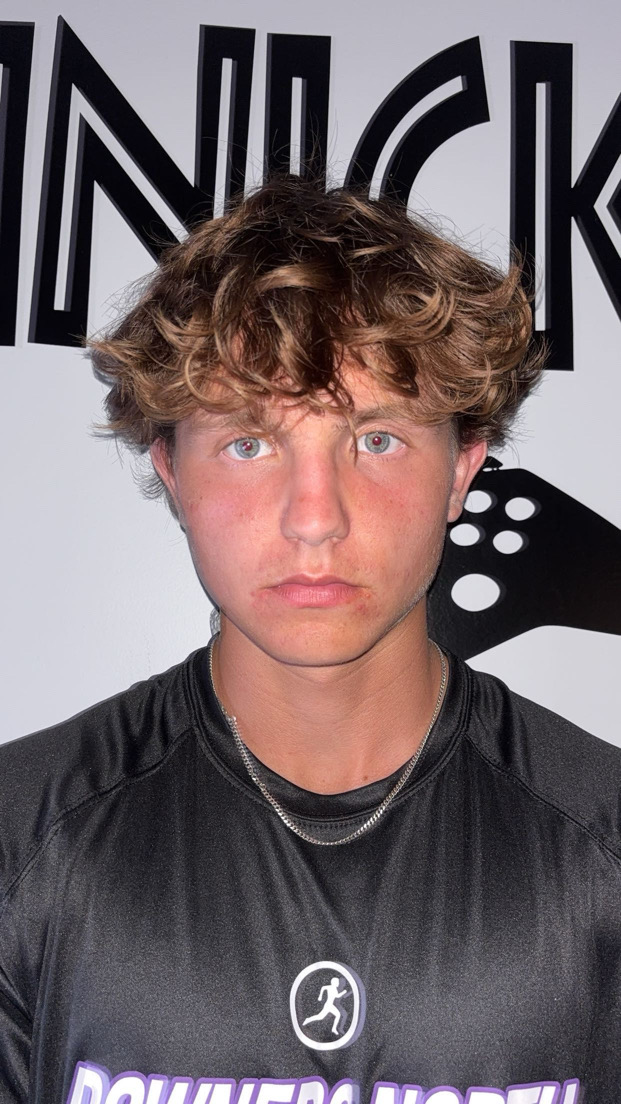Spread of Coronavirus mirrors spread of false claims
February 26, 2020
In the digital age, news can travel from one part of the world to the other instantly, which makes it easier than ever to spread misinformation. The sensationalization of Coronavirus, or COVOID-19, is a prime example of this. Social media posts act as news sources, with no accountability and no requirement for factual sources to be attached. We are subject to not only an epidemic of disease, but also of misinformation.
The first quarantines in 50 years have been issued for many Americans having recently traveled to China, and travel bans have been issued from China to the States. Travel within China has been strictly limited, with entire cities under quarantine and many businesses under temporary halt.
Scientific understanding of COVOID-19 changes as facts are uncovered. Munich University researchers in Germany released a paper Jan. 30 that stated that Coronavirus was spread from an individual who was not yet showing symptoms, which appears to make the virus sound even more threatening.
However, researchers found shortly afterward that the subject of the study had been showing symptoms at the time, contrary to what the researchers said. Scientists have not determined as of yet whether the virus is infectious before symptoms begin, which is an important factor in containing the spread of viruses.
Incorrect studies and falsehoods being spread are only the beginning of the multitude of ways misinformation is spread. Social media is arguably the biggest culprit.
“News organizations employ certain journalistic standards by which they report the news. Social media is just a conglomerate of people unknown of what their credibility or credentials are at all simply filling up material on social media sites,” English teacher Michael Tompkins said.
Facebook and Instagram have both launched countermeasures against lies and conspiracy theories being spread on their sites. Facebook has begun removing posts that contain falsehoods regarding the virus in an effort to avoid the spread of misinformation.
“It’s not necessarily good for the public at large to stop what they’re doing and be drawn to this next fiery thing, or this shiny object, because it’s generally not purposeful,” Tompkins said.
Words like “outbreak” and “deadly virus” are factually accurate, and therefore perfectly factual news stories are littered with them, but out of context they become far more fear-inducing than they truly are.
Junior Emma Budnik is among the DGN students who are very fearful of the potential impacts of COVOID-19. “I saw an animation in the Times and it was 5 people sick and after 5 cycles it was 368 people who were infected. That really scared me,” Budnik said.
The article explains that transmission rates are not concrete, and rather change over time, which is how the SARS epidemic ended, however more eyes are drawn to the animation and basic facts than the context behind them
“I am worried about the coronavirus spreading around the United States and around the world and becoming a plague. I don’t want so many people to get sick or die,” Budnik said.
Sometimes, articles have headlines that are deliberately written to induce fear, the context behind their claims buried deeper in the article than most readers ever get. According to TIME, 55% of page visitors spend under 15 seconds actively viewing a page, making headlines like The Atlantic’s “You’re Likely to Get the Coronavirus” particularly worrying.
The writer, James Hamblin, waits until the 12th paragraph to explain the claim in his headline, being the prediction of Dr. Marc Lipsitch that “some 40 to 70 percent” of the world will be infected by the end of the coming year, and only then is it mentioned that most will show very mild symptoms, or be asymptomatic.
The outbreak that occurred on the Diamond Princess cruise ship outside of Japan attracted much of the media’s attention as the number of infected rose by the day. Headlines gravitated toward the personable and descriptive, treating the ship like a reality TV show.
“So you have human interest stories about people being cooped up where they don’t want to be cooped up, so that generates some interest on the part of people listening, watching, and finding out about it. I don’t know how that helps people wash their hands or cover their mouths when they sneeze or practice basic hygiene, but it does seem to be the story of the day,” Tompkins said.
In America or other western countries where the virus is less prevalent, the risks of Coronavirus appear to be played up, however in China, the opposite problem appears to be present. DGN alumnus Michael Musselman was in Shenzhen, China between Jan. 2- Jan. 8, approximately 1,100 km from Wuhan, the center of the outbreak.
“China was really trying to downplay it at the beginning, similar to what they did with SARS, so it was completely unreported during my stay. When I left China on January 8, the news about the virus hadn’t even gotten out yet, so I had no idea there was any concern,” Musselman said.
























